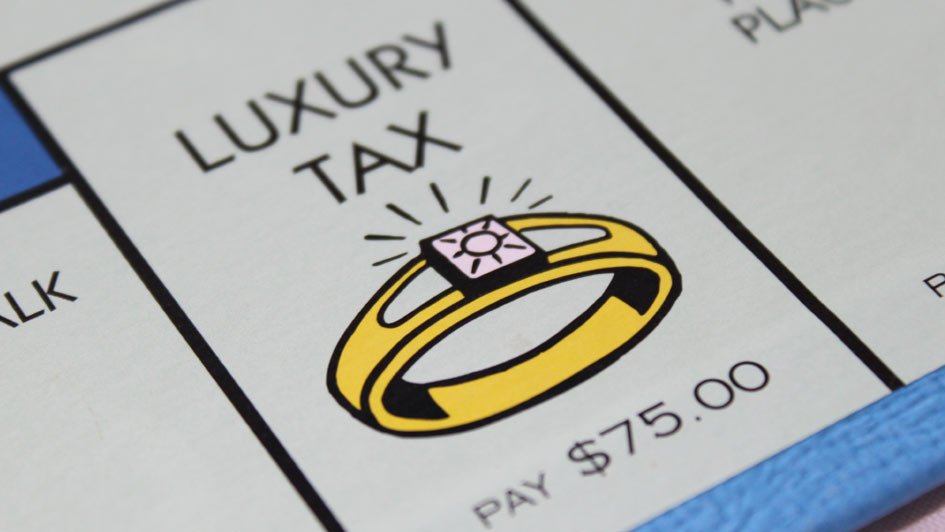
The announcement by Toronto-based luxury hotel chain, Four Seasons, of a Boeing 757 emblazoned with their brand symbolically throws the gauntlet down as it relates to branding for the rich. The all black facade is very fitting as it screams exclusivity while being stealth at the same time. The $119,000 price tag will ensure a certain echelon of traveler is on board. That individual will most likely belong to the most exclusive club on the planet: The Top 1%. Most brands are relentless in their efforts to market to this group for obvious reasons; however, it is important to understand who they are first. This group is often described as discerning, demanding and dictatorial. Smart brands understand that marketing to a specific demographic requires a much more robust understanding of the group. Jean Chatzky artfully describes the 8 traits of wealthy people which facilitates a better understanding of who they actually are, with Passionate, Optimistic and Intuitive being three traits that stand out.
After exhaustive analysis, I have identified three essential keys when branding to the rich:
Exclusivity
Private clubs like Soho House, the Groucho Club and Royal Automobile Club are all the rage in London. The per-year fees are not what you might think, usually ranging from 1,000 -3,000. That said, I challenge you to attain a membership at one of these uber-exclusive clubs where the wealthy congregate. A Small World is an online platform that bills itself an invite-only, private international lifestyle club. The rich see exclusivity as non-negotiable based on a variety of reasons – one likely being limiting their exposure.
Experience
Most research has shown that the rich are responsible spenders. Of course, they have the resources to acquire what most people only dream of. That said, there is a duality as it relates to experience. First and foremost, brands that seek to secure this demographic as a customer must know their business better than any of their competitors. In addition, they must offer something money can’t buy. Think of brands that have a cult following by the uber rich like Hermes or J. Mendel. They dominate their space based on an intimate understanding of what their customer wants and, definitively, what they don’t. Tesla is a great example of a company that offers experiential luxury; they are not only providing a desirable product, but an experience as well.
SEE ALSO: What Is Premiumization?
Become an Authority
The rich are where they are for a reason. Usually, they are at the pinnacle of a given field possessing omniscient knowledge in the space. For a brand to effectively market to the rich, simply knowing the space well is not enough – it must become an authority. Translation: You must spot the trend before the trend happens. Publications like Vogue, led by the legendary Anna Wintour, do this incredibly well, with heir September issue being more coveted by the rich than an Hermes Birkin bag or Diane von Furstenberg wrap dress. They literally tell the world what will be hot and what won’t. Ironically, we all seem to listen. Why? Because the brand has become an authority.
This list only scratches the surface with a few of the strategies required when marketing to this demographic. Smart brands utilize the aforementioned as well as measure success and re-tool religiously. Effective implementation of these strategies will definitely allow you to build a relationship with the group that has trillions of dollars of wealth to spend.
Photo credit: Philip Taylor / Flickr